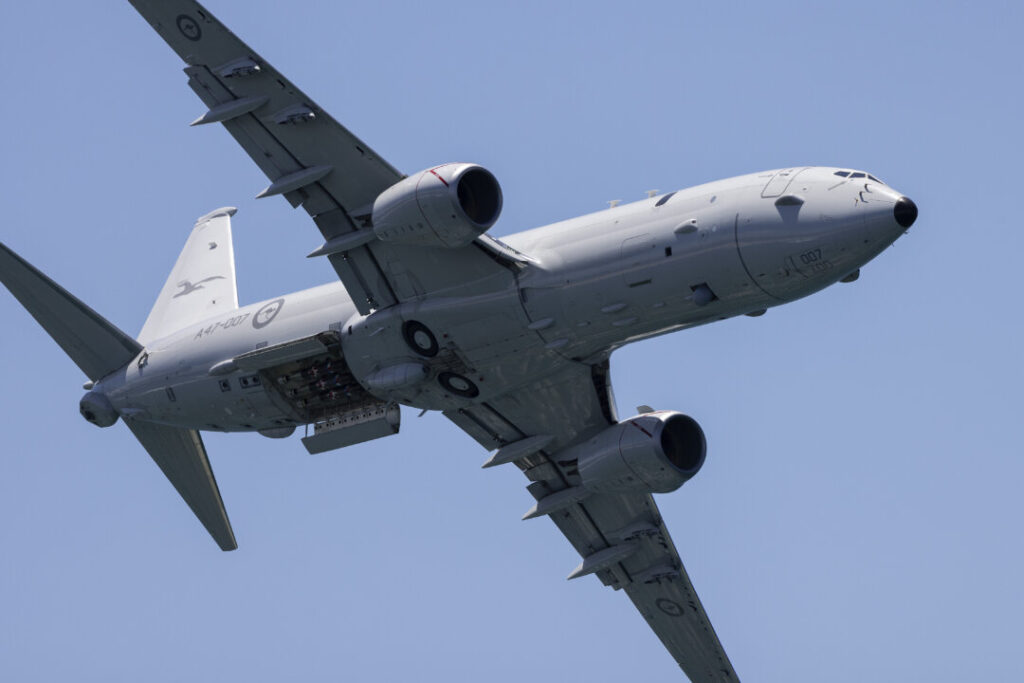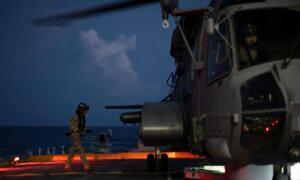The Australian Department of Defense monitors three PLA vessels in northern Australia.
According to the Department of Defense, People’s Liberation Army (PLA) fighters fired flares in front of an Australian Air Force inspector on a daily patrol in the South China Sea.
Authorities revealed on February 11 that a Chinese PLA J-16 fighter jet flew within 30 meters of the Australian Air Force (RAAF) P-8 Poseidon aircraft.
None of them were injured, but the aircraft was not damaged.
“Australia expects that all countries, including China, will operate their troops in a safe and professional way.”

The photo, taken on October 17, 2019, shows a J-16 fighter jet performing in the air during the People’s Liberation Army Air Force Air Air Aviation Aviation Aviation in Changchun, Jilling County, northeastern China. Masu. STR/AFP via Getty Images
The incident is reminiscent of one last May, when CCP jets were dangerously burning into Australian helicopters on a UN mission in international waters.
Additionally, in November 2023, CCP warships targeted Australian divers with sonar pulses, prompting another protest from the Australian government.
As happened in these cases, the Department of Defense has filed formal complaints with CCP officials in Beijing and Canberra.
Meanwhile, the department also revealed that the Australian Defence Force (ADF) is monitoring three CCP warships operating in the northeastern part of Australia.
They currently operate in accordance with international law.
“Defense will continue to monitor task groups’ activities in Australia’s maritime approach, combining capabilities, including aviation and maritime assets,” the department said in a statement.
Reports of aggressive and dangerous behavior by CCP vessels in the South China Sea have increased since mid-2023.
Beijing claims sovereignty in the region, claiming an estimated 11 billion barrels of undeveloped oil and 190 trillion cubic feet of natural gas, but several others including Brunei, Indonesia, Malaysia, the Philippines, Taiwan and Vietnam The country is disputing this.
Beijing argues that under international law, foreign troops cannot implement intelligence reporting agencies in the exclusive economic zone (EEZ) such as reconnaissance flights.
The United States and its allies, including Australia, have argued under the United Nations Law Convention on the Sea (UNCLOS), that vessels should have the freedom to navigate the maritime EEZ and that there is no need to inform other countries of military activity. It’s there.
The 2016 ruling by the permanent court of arbitration in The Hague – The claims filed by the Philippines against China under UNCLOS have been in favour of the Philippines in almost every count. China is the signatories of treaties that establish courts, but refuses to accept its authority.



